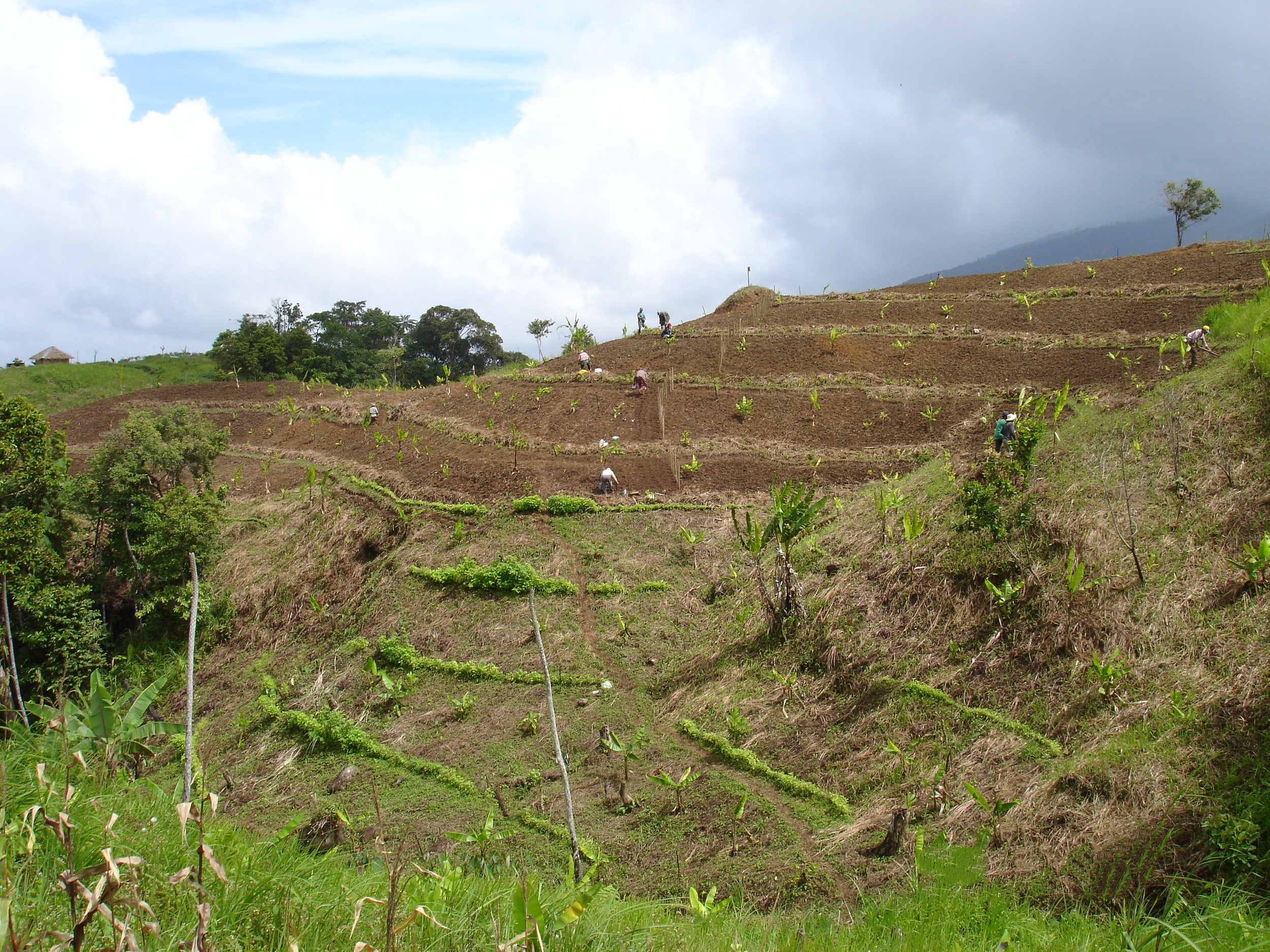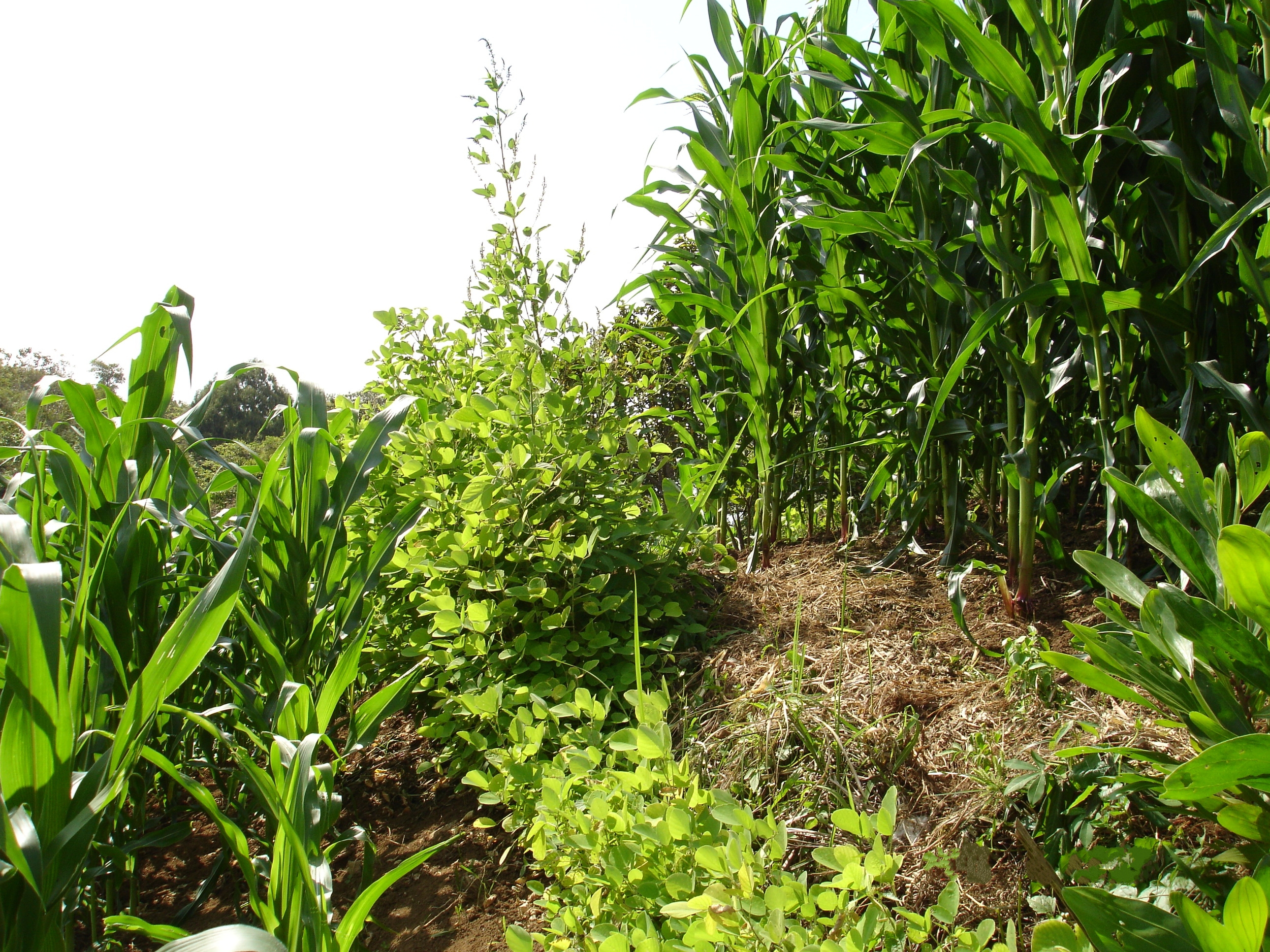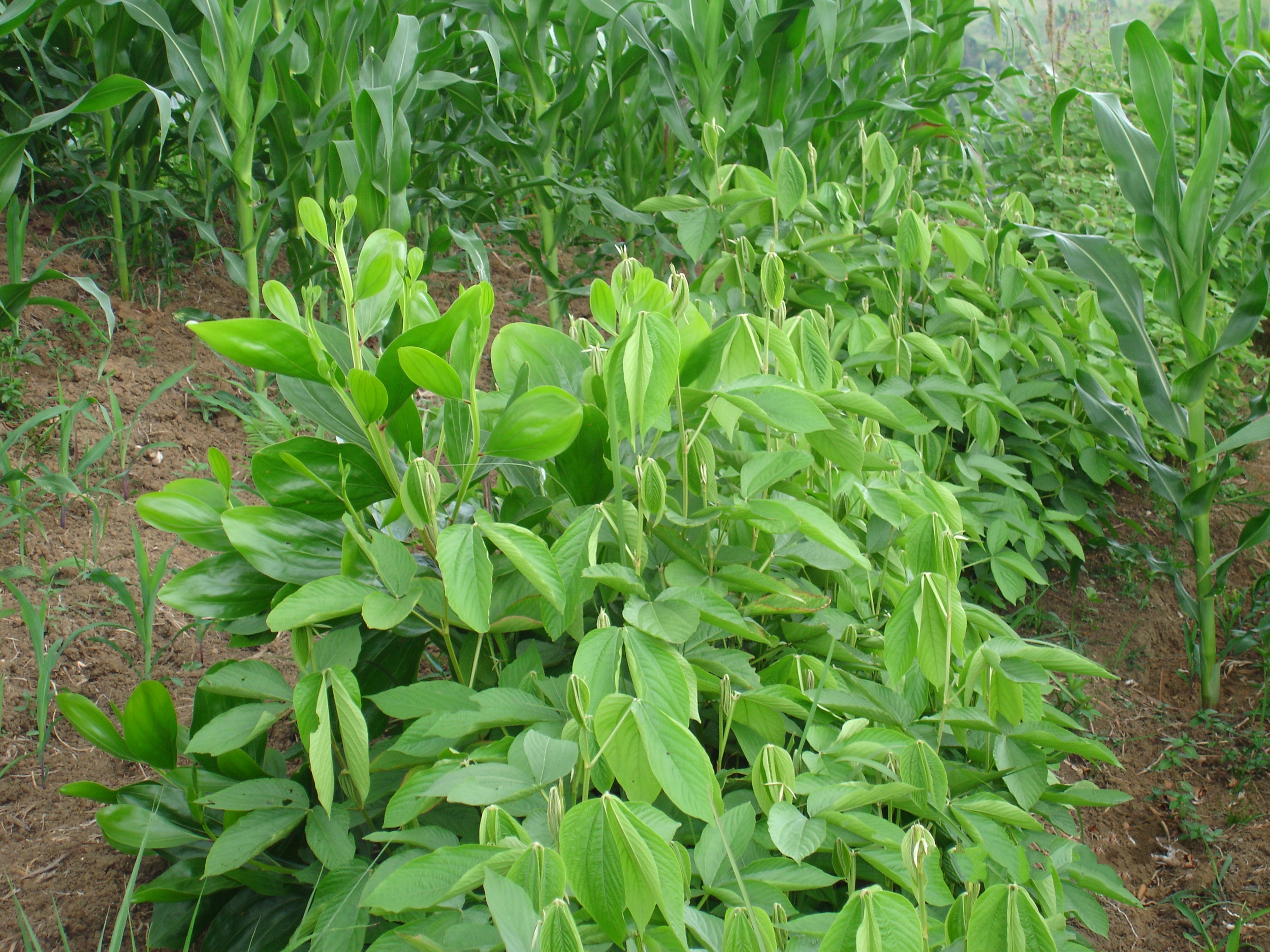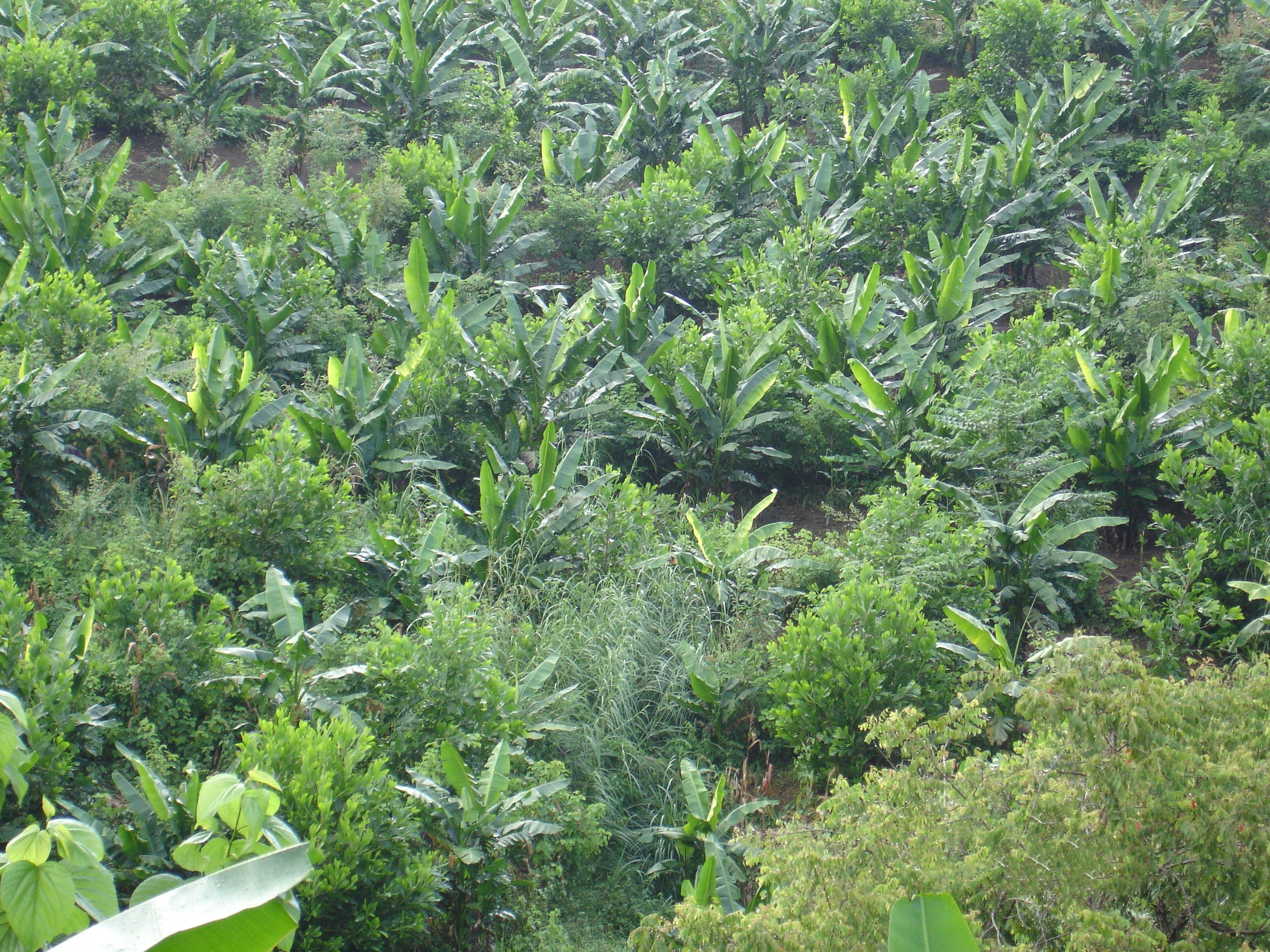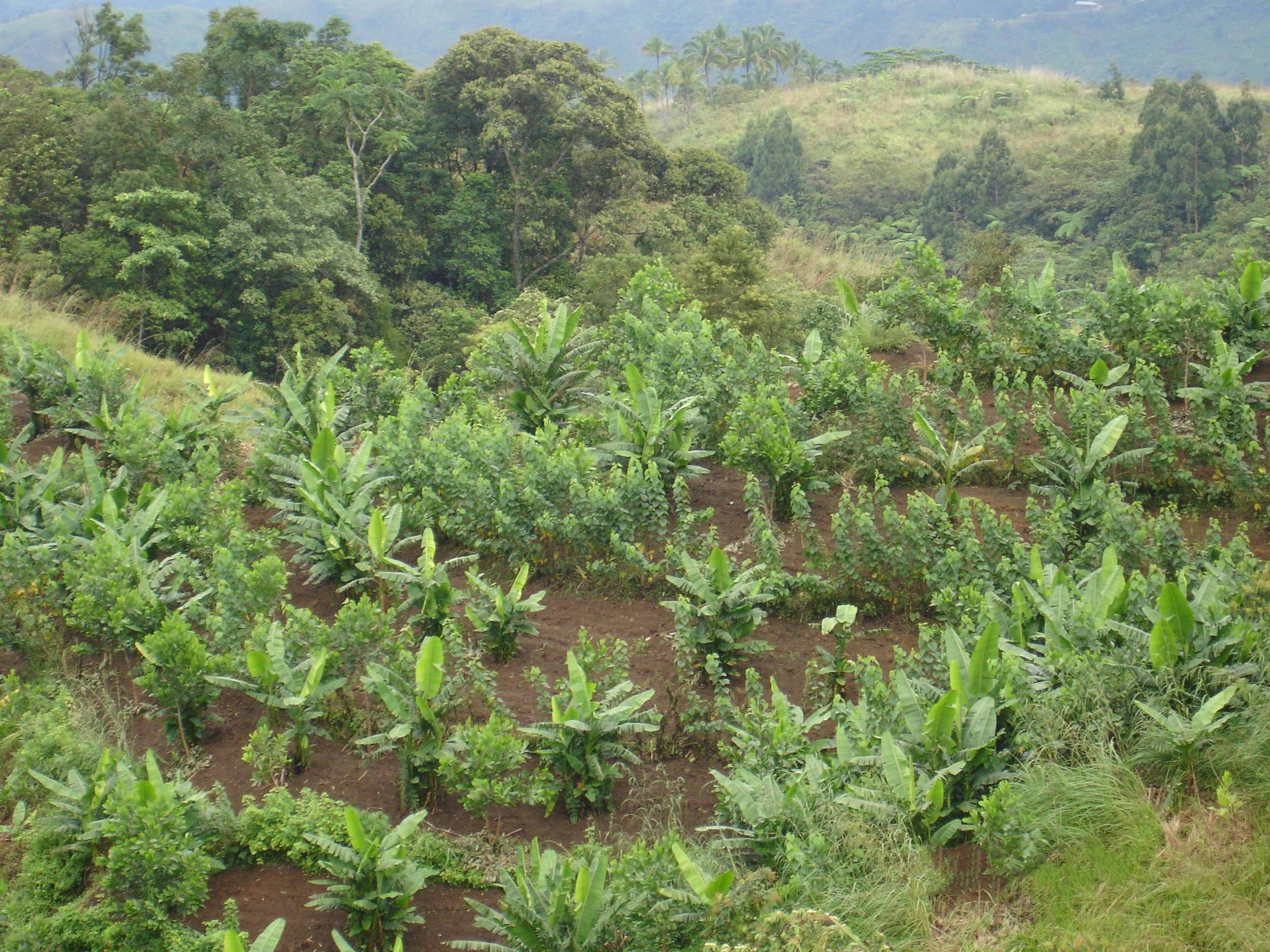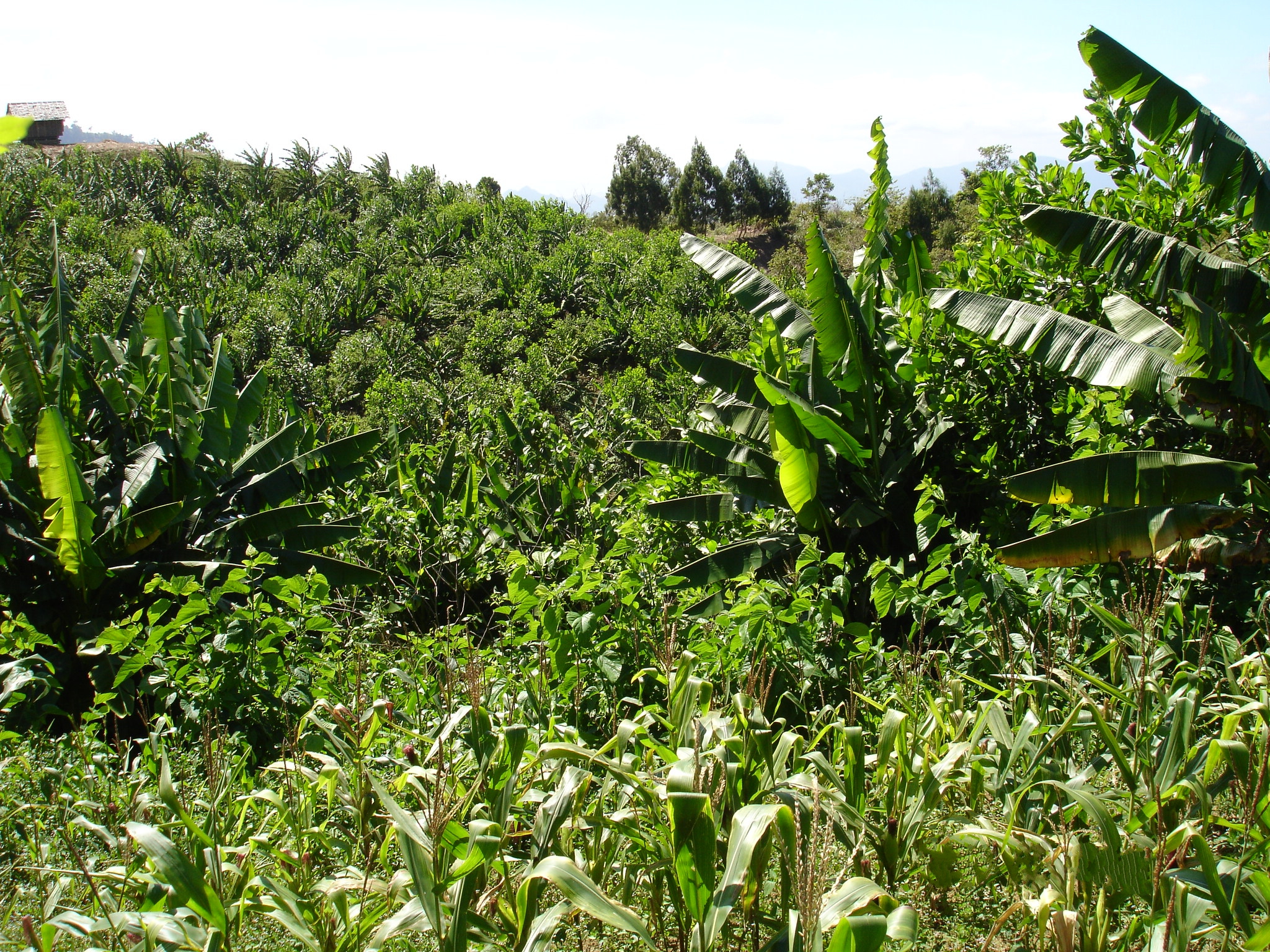A-Frame
The Sloping Agricultural Land Technology (SALT), developed by the Mindanao Baptist Rural Life Center in the early 1970s, is a sustainable land management technique to help farmers in hilly areas grow agricultural crops and increase food production while preserving the rich but fragile topsoil of the uplands.
Poor farming practices in upland areas, such as kaingin, lead to barren lands. These denuded slopes, like hills and mountains, are vulnerable to massive soil erosion when there is a heavy downpour. The rainfall would wash away the delicate topsoil of barren hilly areas. In his newspaper column, Juan Mercado cited a study done by a food and agriculture organization that the topsoil depth is usually less than 10cm for some upland areas in the Philippines, and with a soil depletion rate of 0.75/cm/hectare/year, the topsoil will be completely depleted in 13 years (Blinders and Tunnel Vision, Philippine Daily Inquirer, December 14, 2004).
When the topsoil is washed out, the land would be unfit for agriculture. Likewise, marine life is affected when silt flows to bodies of water like rivers and seas. Soil erosion, therefore, is a contributing factor to poor farm and marine productivity, a decrease in food production, and ultimately proverty.
From 2005 to 2006, we developed a training farm for corn and abaca production using SALT in Alvenda, Mutia, Zamboanga del Norte. This is a pilot project and nobody has attempted this in our province until now. Our land in Alvenda is hilly and barren making it ideal to practice this kind of farming system. We invited the local community, whose main livelihood is upland farming, to join, learn, and eventually replicate the process in their own farms. Those who were interested were given free planting supplies to start their own corn and abaca production.
On November 2006, our founder Rolando Soliva presented the SALT farm to students, businessmen, and government officials in the '1st Zanorte Young Entrepreneurs Summit.' In his presentation, he pointed out that the government must refocus its attention towards agriculture in its fight against poverty. He likewise encouraged the younger audience to become farmer entrepreneurs, specifically going into corn production. You can read more about our upland corn production in Alvenda here and see how much income it can generate for a farmer.
The manual used in this farming project is: MBRLC Editorial Staff. Small Agrofruit Livelihood Technology (SALT 4): A guide on how to integrate fruit trees into the SALT system. MBRLC, Kinuskusan, Bansalan, Davao del Sur. Mindanao Baptist Rural Life Centre. 1997 Edition. 24 pp. How-to Series No. 8. This will show you how to establish the contour lines by using an A-Frame; plant hedgerow species, food crops, and fruit trees; intercrop fruit trees and short-term crops; practice crop rotation and covercropping; maintain your farm; and harvest and market your produce. It also provides essential guides on how to build an A-Frame and what plants/trees/crops to use in your farm. To learn more about the Sloping Agricultural Land Technology, you can download the MBRLC manual here.












